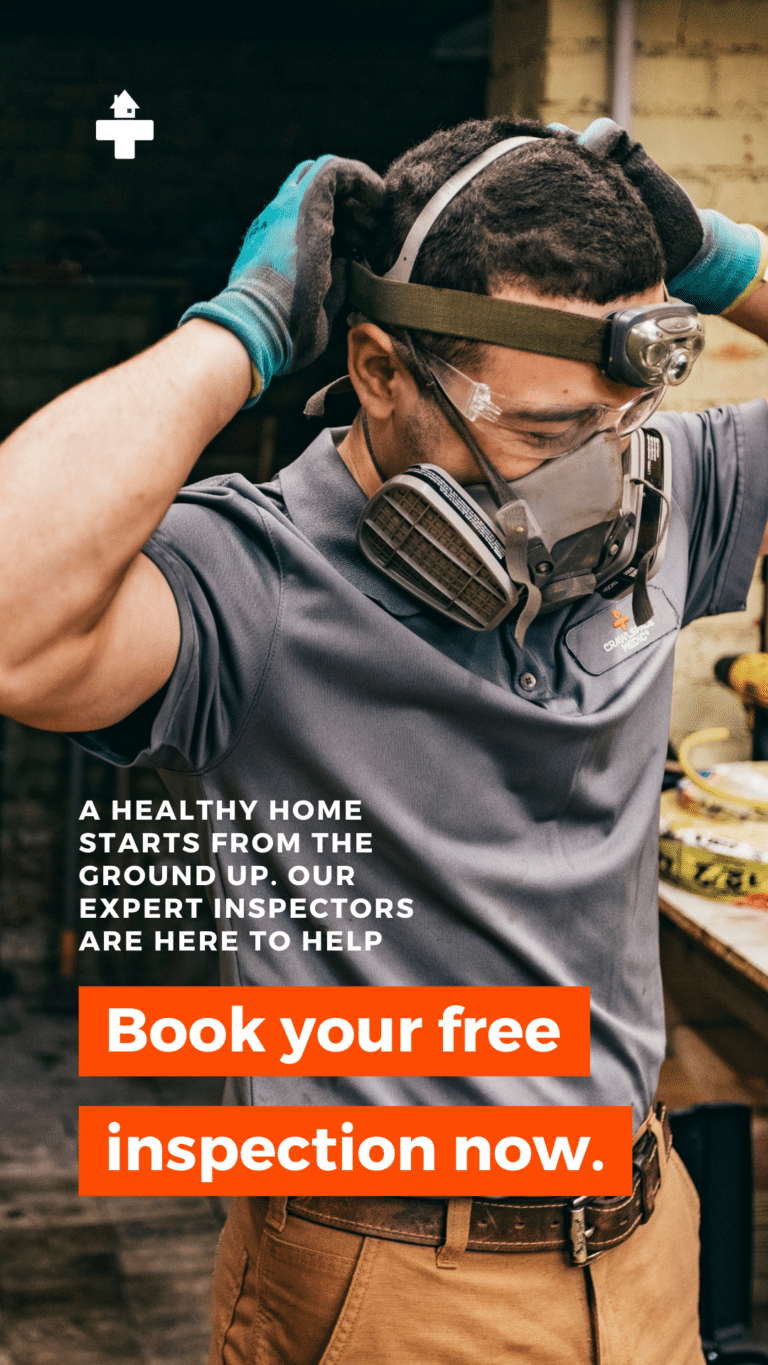Maintaining a healthy crawl space is essential for preserving the structural integrity of your home. A crawl space is an area between the ground and the first floor of a home, and it’s important to keep it in good shape because it can affect air quality, energy efficiency, and even mold growth.
Thankfully, there are several steps you can take to keep your crawl space healthy and functioning properly.
1. Get Annual Inspections
Unless you are a crawl space professional, you might be missing some signs of issues going on in your crawl space. Having your crawl space inspected annually will keep you ahead of your problems, and save you in the long run. Additionally, an annual inspection can help identify any structural issues with the foundation, such as cracks or water damage, that can cause significant damage if left unchecked. By having your crawl space inspected annually, you can ensure that your crawl space remains safe, healthy, and structurally sound.
2. Get Moisture Levels In Control
It is extremely important to make sure that the moisture levels in your crawl space are checked and in control. Excess moisture in the crawl space can lead to several problems such as mold and mildew growth, wood rot, and structural damage. Moisture in the crawl space can also cause unpleasant odors and attract pests. To prevent these issues, it is important to get your crawl space moisture levels checked regularly and take steps to ensure that the moisture levels are at the appropriate levels. This can be achieved by using a dehumidifier, sealing any cracks, and ensuring that the area is properly ventilated. Taking these steps can help to keep your crawl space dry and protect the structural integrity of your home.
3. Improve insulation.
It is essential to have the insulation in your crawl space checked and in control. Proper insulation will keep temperatures more consistent and lower your energy bills. It will also protect your home from moisture and pests, as well as prevent cold drafts from entering your home. Having insulation in your crawl space also helps to reduce the amount of dust and allergens that can enter your living space, making your home more comfortable to live in. Additionally, having the right amount of insulation in your crawl space can help to reduce the amount of noise from outside sources. All of these benefits make it important to routinely check the insulation in your crawl space.
4. Install a dehumidifier.
It is important to get a good dehumidifier in your crawl space checked and in control to ensure the air quality of your home. High humidity levels in your crawl space can lead to mold and mildew growth, which could potentially cause health problems. Having a dehumidifier helps maintain a safe and comfortable environment in your home by regulating the humidity levels in your crawl space. Additionally, a well-maintained dehumidifier can help reduce the potential for wood rot and other structural damage to your home. By regularly checking and maintaining your dehumidifier, you can help ensure the health and safety of your home and its occupants.
5. Ensure the Proper Function of Your Water Drainage System
It is essential to get your water drainage system in your crawl space checked and in control. Poor water drainage in a crawl space can cause some serious and costly issues. If water is allowed to accumulate, it can lead to mold, mildew, and other fungi growth, which can be hazardous to your health. Poor drainage can also cause structural damage, as water can rot wood framing and weaken the foundation. Additionally, it can lead to higher energy costs, as the damp crawl space will cause the whole house to be less energy efficient. Regular maintenance of your water drainage system, such as cleaning out gutters, repairing damaged downspouts, and installing a sump pump, is necessary to avoid these issues and keep your home safe and comfortable.
Following these can help keep your crawl space healthy and functioning properly. Regular inspection and maintenance are essential for preserving the structural integrity of your home and preventing any potential problems.

